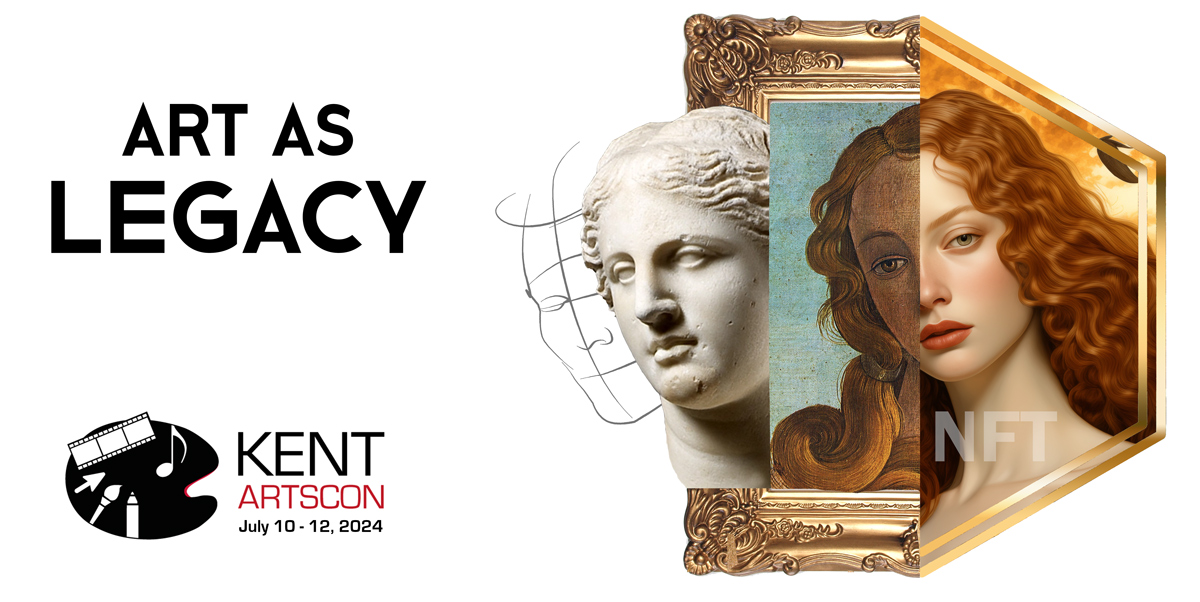

Art is an ongoing continuum. So is legacy. They nurture one another, sometimes in unexpected ways. But do they also hinder one another, as well?
The act of creation is not always a planned process of making something for posterity. However, there are works of art which have gone on to achieve fame or notoriety long after the reasons for their creation have ceased to exist. Prehistoric artists who painted in caves such as Altamira and Lascaux, and on rocks in Western Australia and north-central Niger, could not have dreamt that their work would fill history books and fuel debate many millennia later. Conversely, some artworks (e.g. “The Starry Night”) have made the names of their artists more famous today than they ever were in their own lifetimes. Vincent van Gogh wanted to make art for posterity, but his legacy wasn’t acknowledged until after his death.
There were those too who sought to create legacies for themselves – Egyptian pharaohs built the pyramids and elaborate tombs, while Roman emperors immortalised themselves in coinage. Elite families funded some of the major achievements in painting, sculpture, architecture, literature, science and philosophy in the period known as the Renaissance.
Places have become known for the art they generated such as Secessionist architecture in Vienna, Stonehenge in England, Brunelleschi’s dome in Florence, the Sydney Opera House in Australia, and “the house that Picasso built” (MoMA) in New York.
Legacy is intended to embed certain achievements as norms into the cultural fabric. There is a strong element of permanence to it. Art, on the other hand, is organic—always growing, evolving, and challenging conventions. And yet, art is a legacy, too. How do we reconcile art and legacy? How does one contribute to the other? How has the evolution of art history impacted our definition of legacy? How might seeking to create a legacy both help and hinder an artist?
At KArtsCon2024, we invite you to look at the theme openly. Share your ideas, practices, and experiences on art as legacy, or perhaps, legacy as art.
© 2013 – 2024 Kent Arts Conference.
Administered by The Warnborough Foundation.